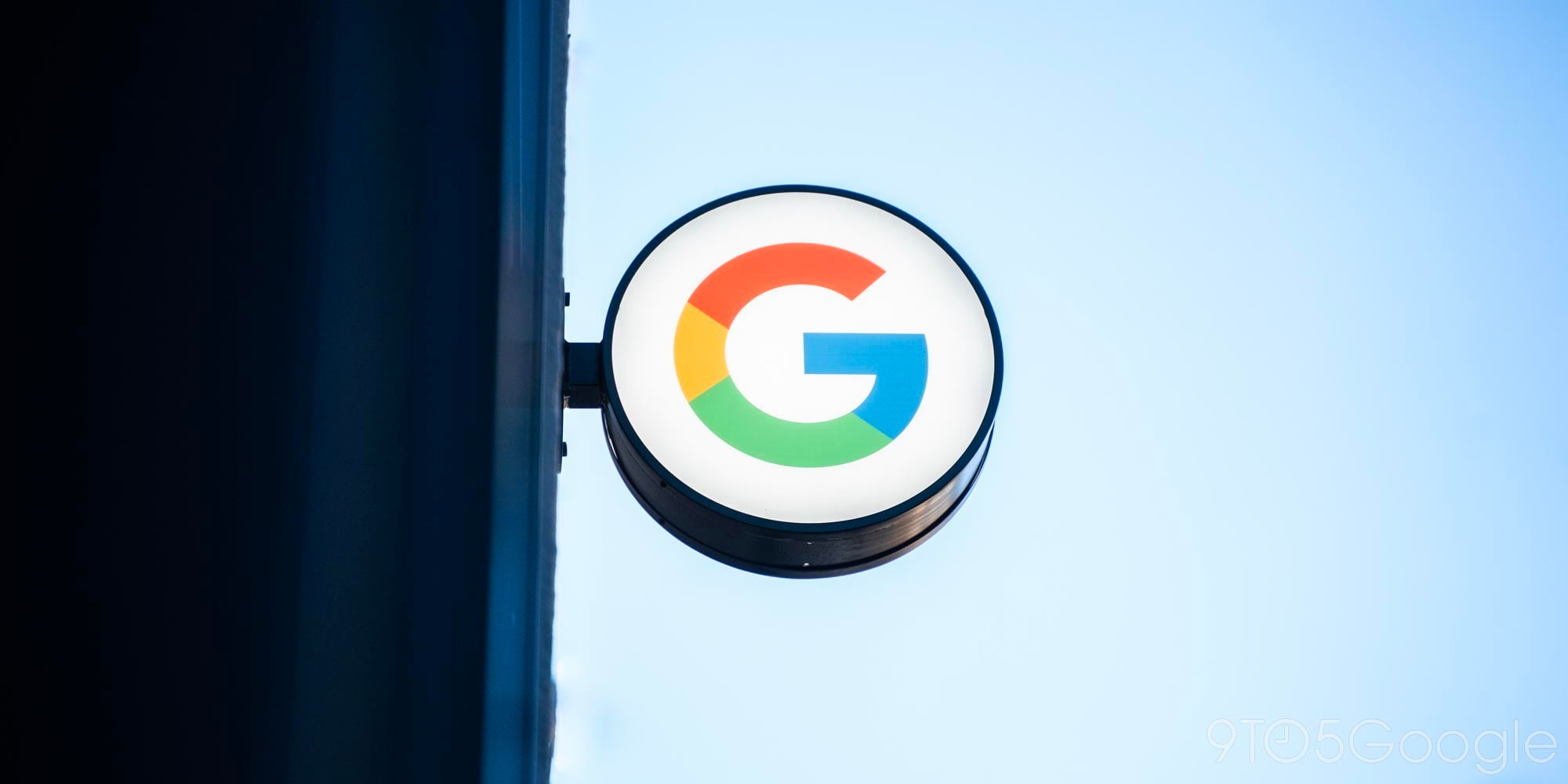

Prior to this week’s Google I/O developers’ conference in San Francisco, Google’s Vice President of Engineering for Android Hiroshi Lockheimer sat down with Fast Company to talk about the current state (and the future) of Android, Chrome OS, and more. Lockheimer confirmed the upcoming announcement of Android M, and offered much insight into where Android came from, where it’s going, and how it’s evolving in a world with more and more interconnected devices…
Unsurprisingly, it looks like we now have some pretty direct confirmation that Google will be announcing Android “M” at I/O this week. Lockheimer detailed what has become an annual cadence for Android releases, and even hints that we should expect Android “N” to land next year…
“As we’ve grown as a platform, we realize that to some extent predictability is important for the whole industry: developers, manufacturers, operators, and consumers, frankly,” Lockheimer explains. “So we’ve landed with sort of a yearly cadence of big releases, so, for instance, one year we release J, the next year we release K, and then the year after that L, and then this year we’ll launch M, and so you can predict what will happen next year.”
He went on to note that Android isn’t expanding to different devices simply for the sake of pushing Android to new hardware. Rather, he says that the focus is to make the user experience better across a wide variety of screens. He says that the trick is not to think of them as independent flavors of Android, but rather one coordinating experience to “enrich our lives.”
“It’s really about thinking about these different screens, if you will, holistically. How do they work with each other? A watch, and a phone, and a TV, and a car, and a tablet, how can they coordinate, and how can they actually enrich our lives, and make things that were harder before more useful?”
Lockheimer also mentioned that he feels Android’s OEMs are beginning to become more focused and careful on how they’re treating their flavored versions of Android. He says he’s seeing some amount of “equilibrium” start to happen regarding the types of customization that manufacturers are bringing to the OS, and that Material Design is helping in this area.
“And I have noticed the same thing, which is that the manufacturers seem to have reached a new type of equilibrium around the customization that they do on top of Android. One of the core principles of Android has been, it’s open source, and amenable for manufacturer differentiation. We didn’t want to build an operating system where the manufacturers just didn’t have a way to differentiate, because we didn’t think that would help adoption. I’m talking about 10 years ago, nine years ago.”
Finally, Lockheimer spent some time talking about the convergence (or not) of Chrome OS and Android. He didn’t get into any specifics, obviously, but he did mention that there is value in having two different operating systems with different focuses on different user experiences.
“There’s silicon and there’s software, and those two things need to talk to each other. But where they do start to diverge—or maybe specialize is a better word—is as you get closer and closer to the user experience.”
The full report over at Fast Company is definitely worth some pre-I/O reading.
FTC: We use income earning auto affiliate links. More.




Comments